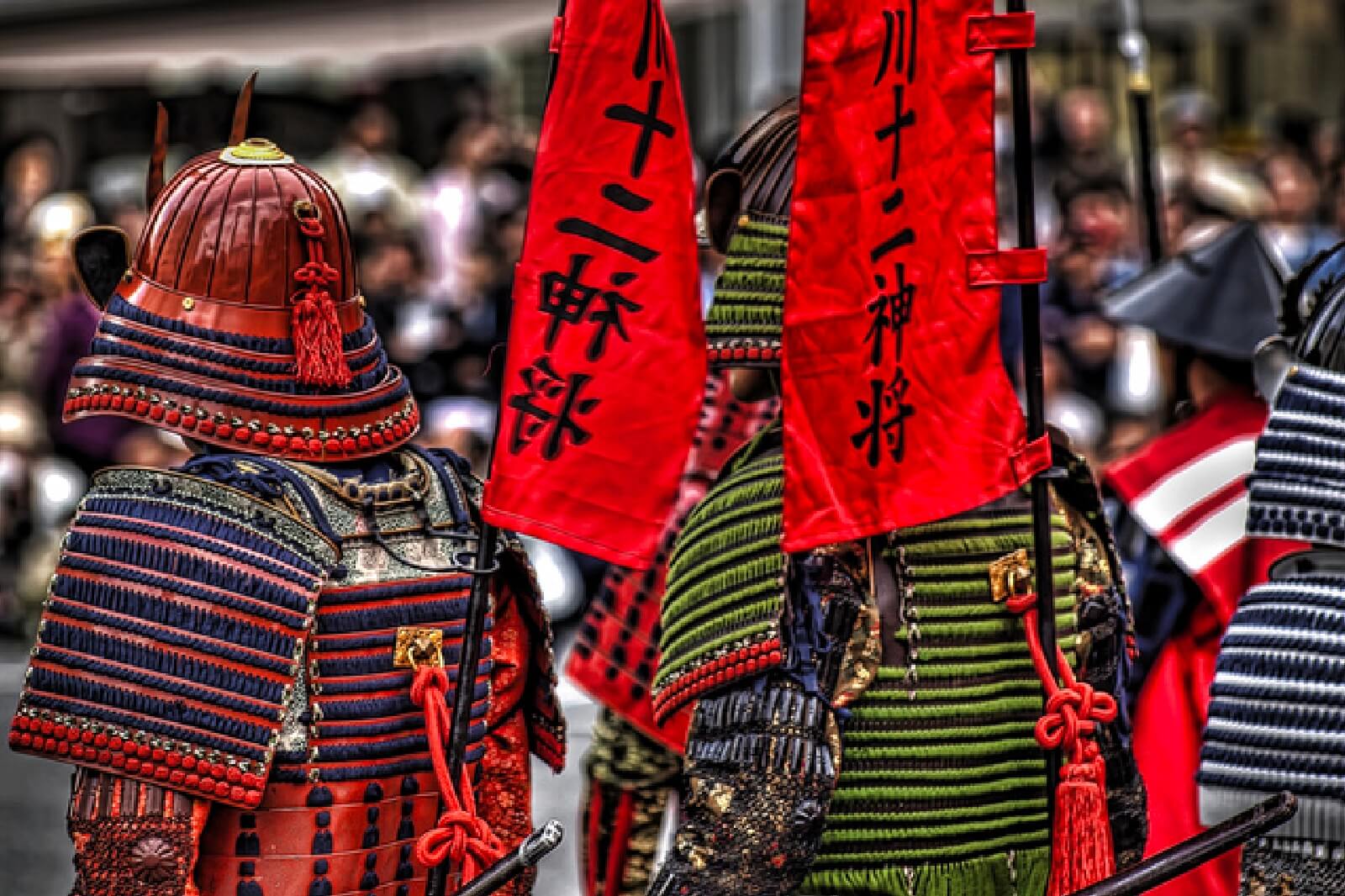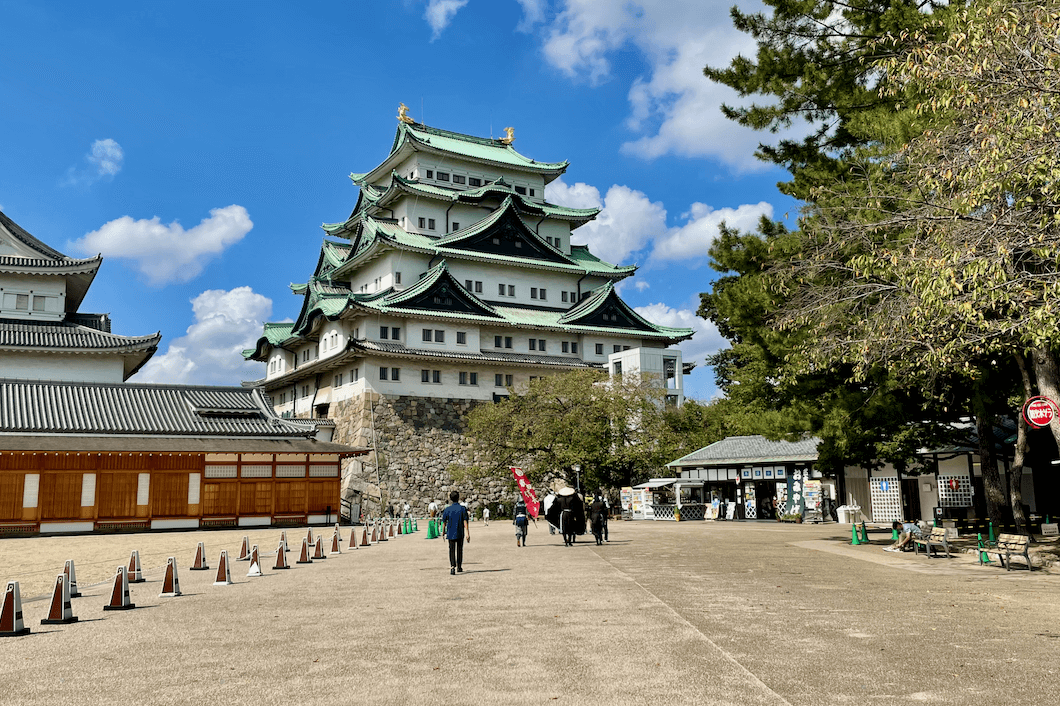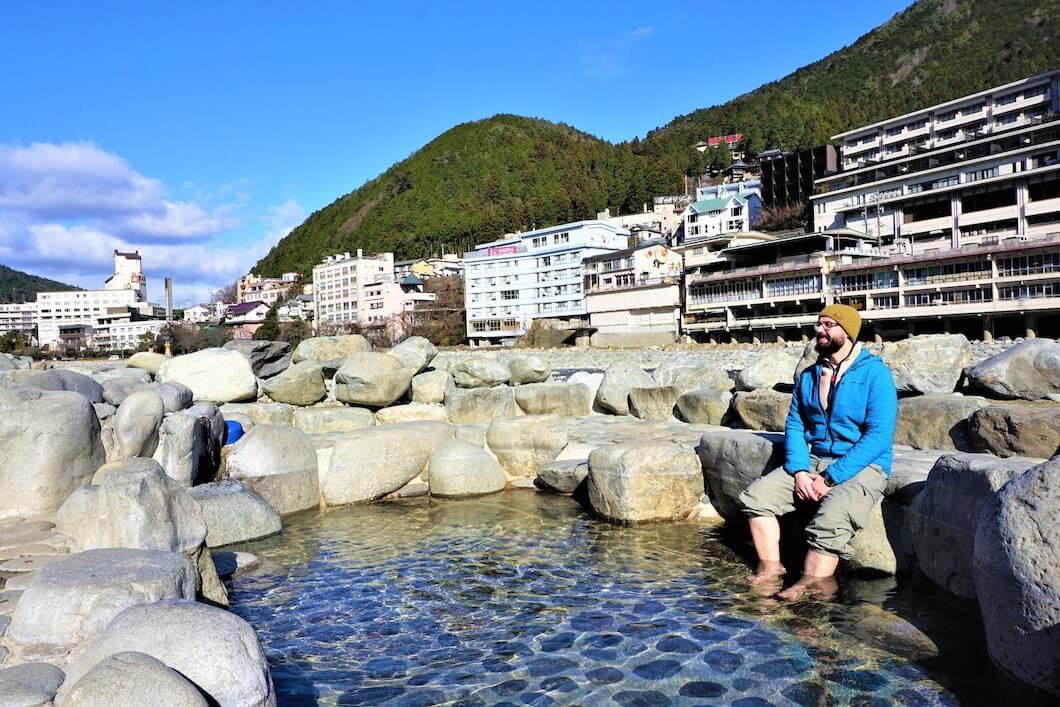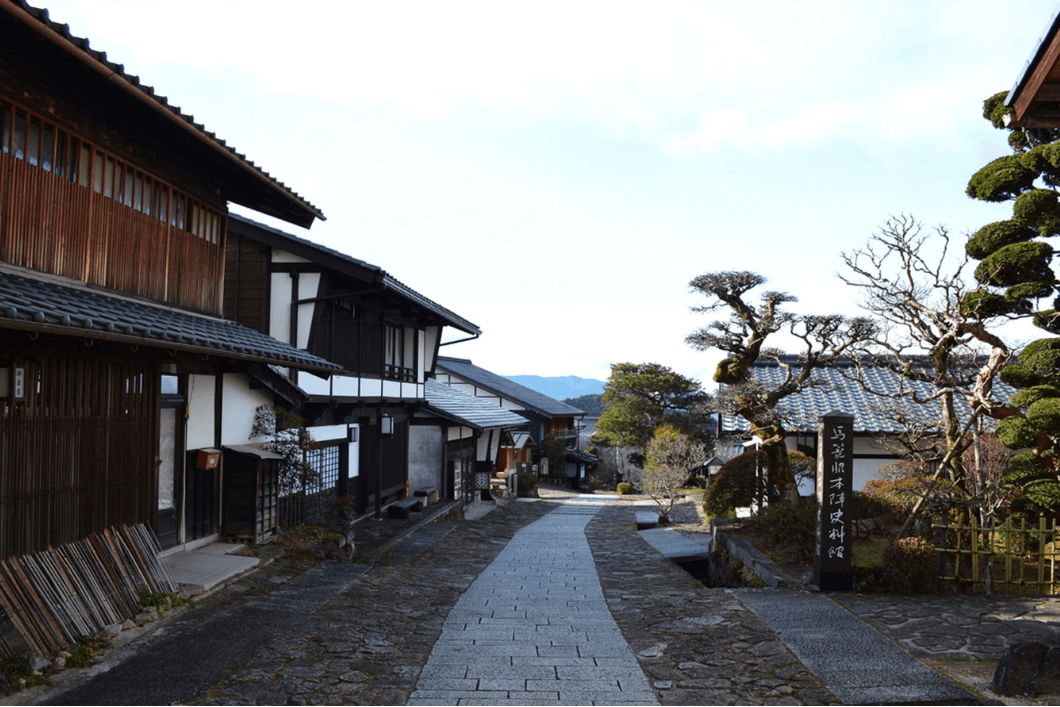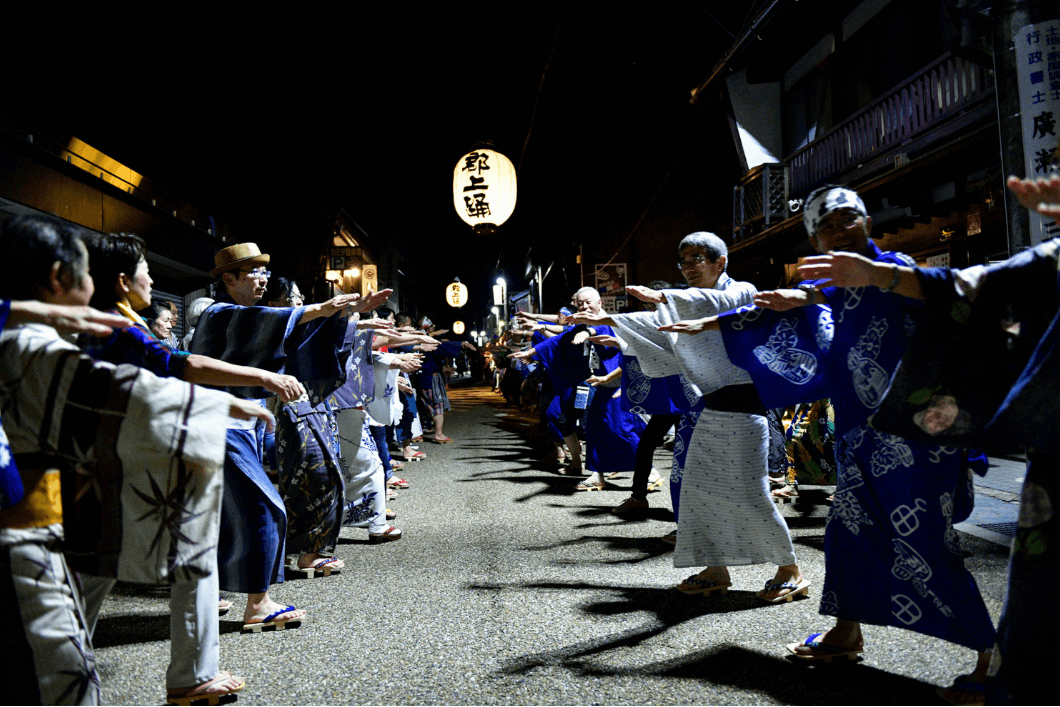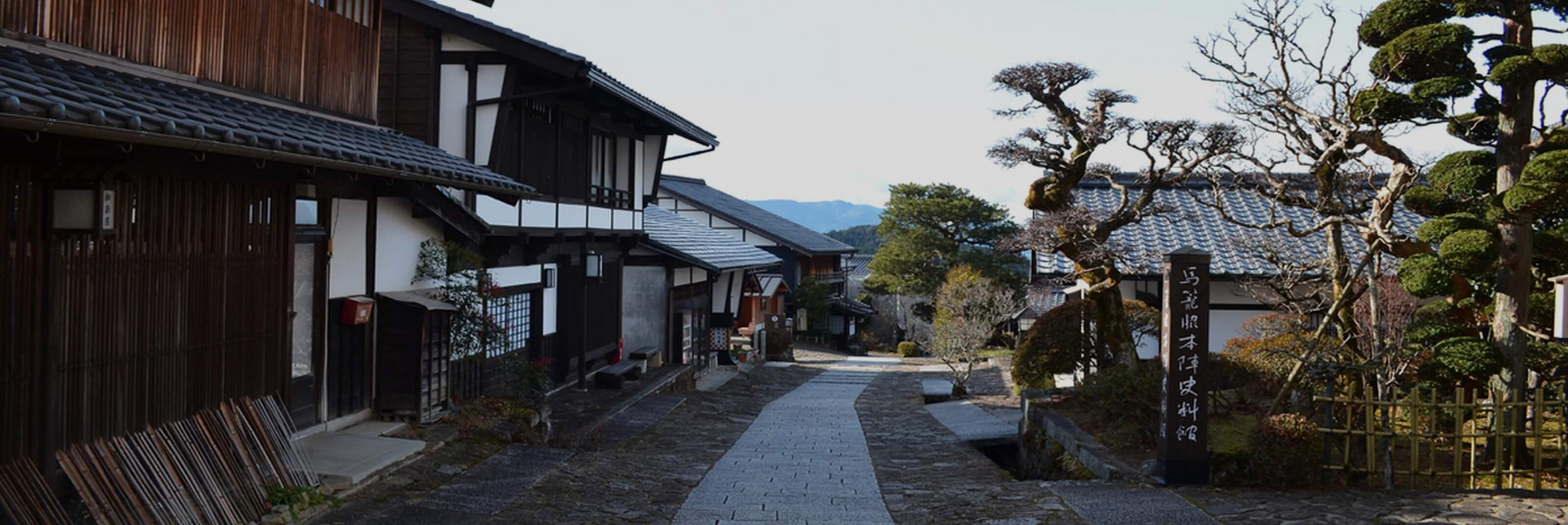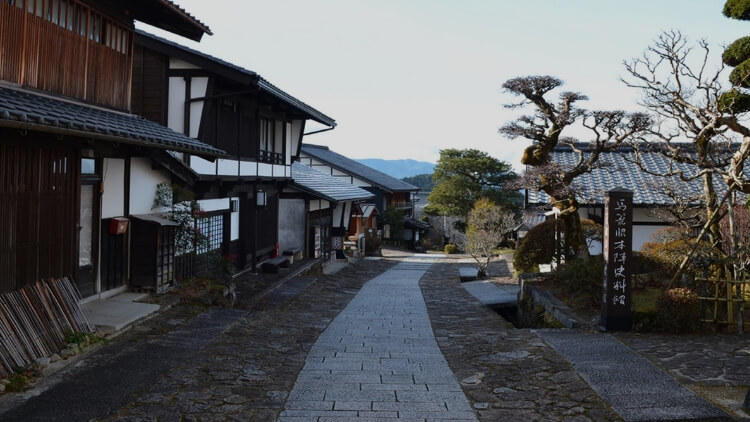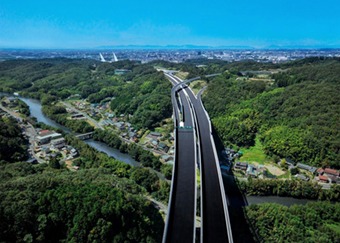The Nakasendo was an ancient samurai trail that once connected Edo (present-day Tokyo) to Kyoto during the Edo period (1603-1868).
The mountainous inland route had a network of sixty-nine post towns along its 540 kilometers from Edo to Kyoto. The historic mountain trail of the route in the Kiso Valley, known as Kisoji, or Kiso Road passed through the mountains of Gifu and Nagano in central Japan with the 85-kilometer route home to eleven post towns.
The Kisoji has been recognized by the Japanese Agency of Cultural Affairs for its Japanese Heritage. The numerous overlapping mountains with abundant lush forests, crystal-clear streams, small rural villages, and farms remain untouched by the modern world and provide us with a glimpse of Japan’s original natural landscape. The well-preserved Edo period post towns are steeped in unique culture and traditions, giving you the chance to experience authentic Japan firsthand.

